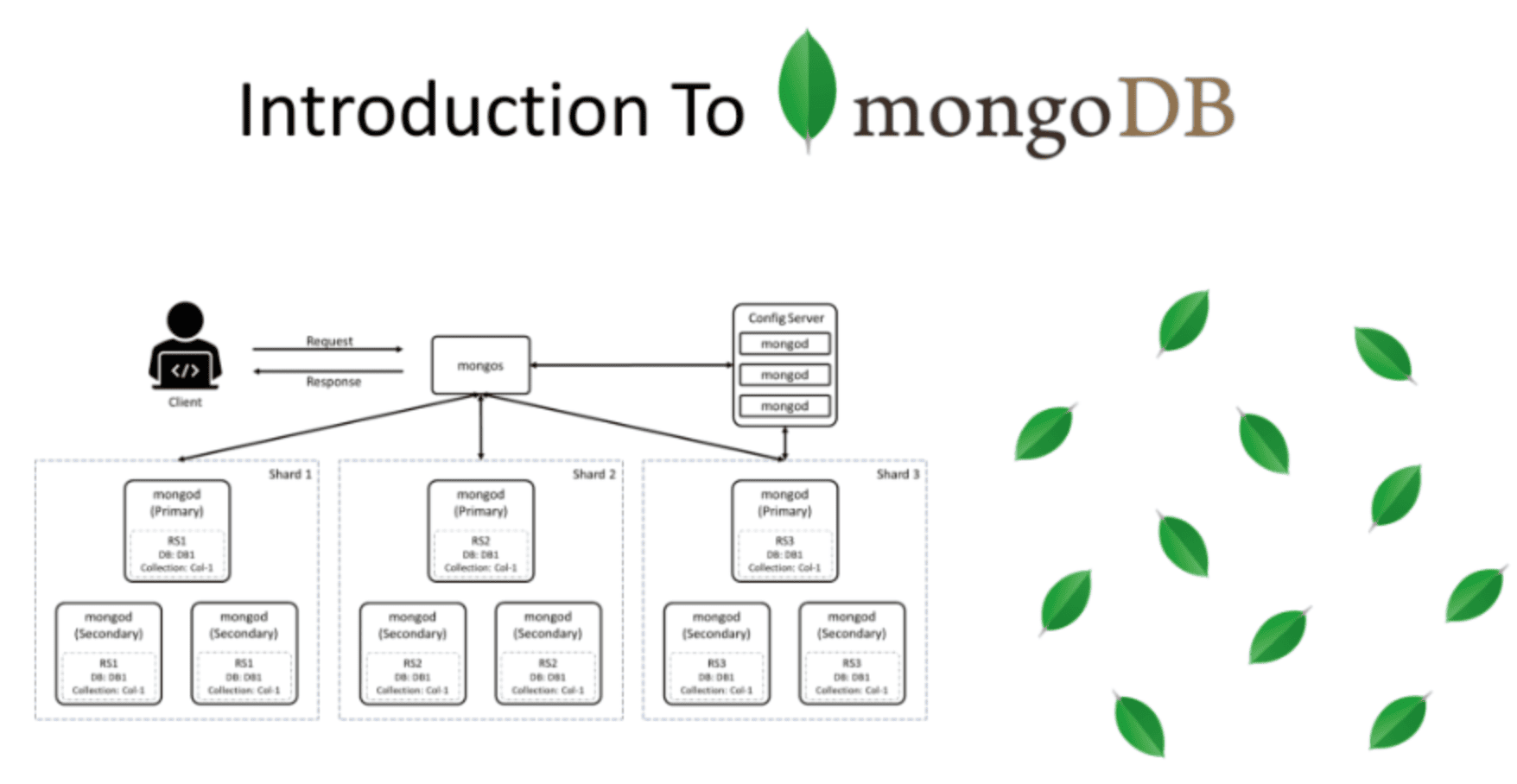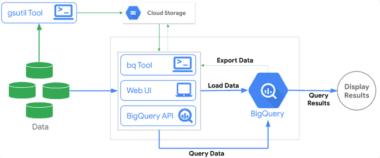2 min to read
What is MongoDB?
An introduction to MongoDB and NoSQL databases

Overview
Let’s explore MongoDB, one of the most popular NoSQL databases, and understand how it differs from traditional relational databases.
What is MongoDB?
MongoDB is a NoSQL database that offers more flexible data storage and management compared to traditional relational databases.
The name “MongoDB” comes from “humongous,” reflecting its design for handling large-scale data.
- Document-oriented database
- Schema-less design
- Built for scalability
- High performance
Understanding NoSQL
NoSQL (“Not Only SQL”) was developed as an alternative to traditional RDBMS, addressing their limitations. NoSQL databases typically offer:
- Document-Oriented Database
- Examples: MongoDB, CouchDB
- Stores JSON/XML-like documents
- Key-Value Store
- Examples: Redis, DynamoDB
- Simple key-value pair storage
- Wide Column Store
- Examples: Cassandra, HBase
- Uses column families for data organization
- Graph Database
- Examples: Neo4j, Amazon Neptune
- Optimized for relationship data
Key Features of MongoDB
Document Database
MongoDB stores data in flexible, JSON-like documents where each document can have different fields.
Schema-less Design
Collections can contain documents with varying structures, ideal for evolving data requirements.
Horizontal Scalability
Supports sharding for distributing data across multiple servers.
Query Capabilities
// Example of MongoDB query
db.collection.find({
age: { $gt: 25 },
status: "active"
}).sort({ name: 1 })
High Availability
Uses replica sets for automatic failover and data redundancy.
Understanding Sharding
- Mechanism
- MongoDB: Automated sharding process
- RDBMS: Manual configuration required
- Data Model Flexibility
- MongoDB: Flexible schema across shards
- RDBMS: Fixed schema constraints
- Cross-Shard Transactions
- MongoDB: Native support since version 4.2
- RDBMS: Can be complex to implement


Comments